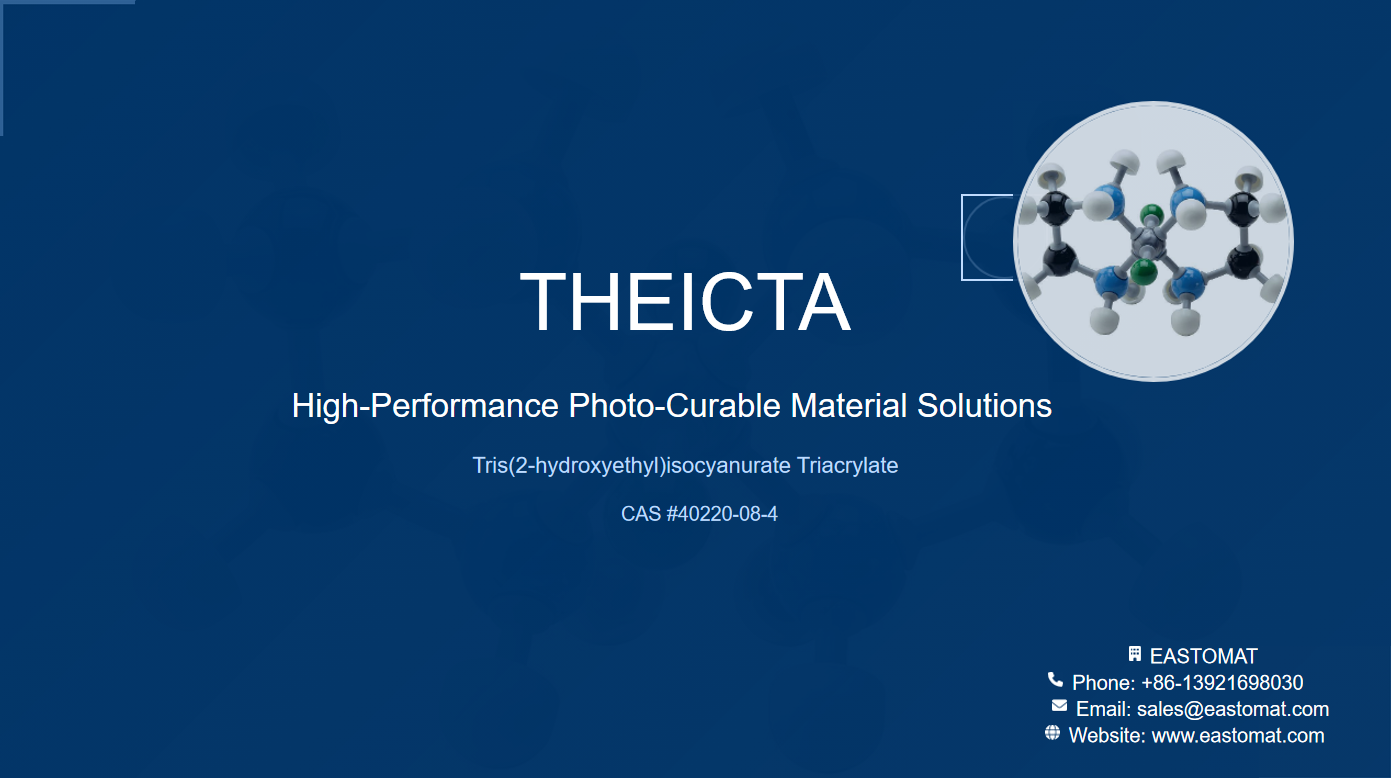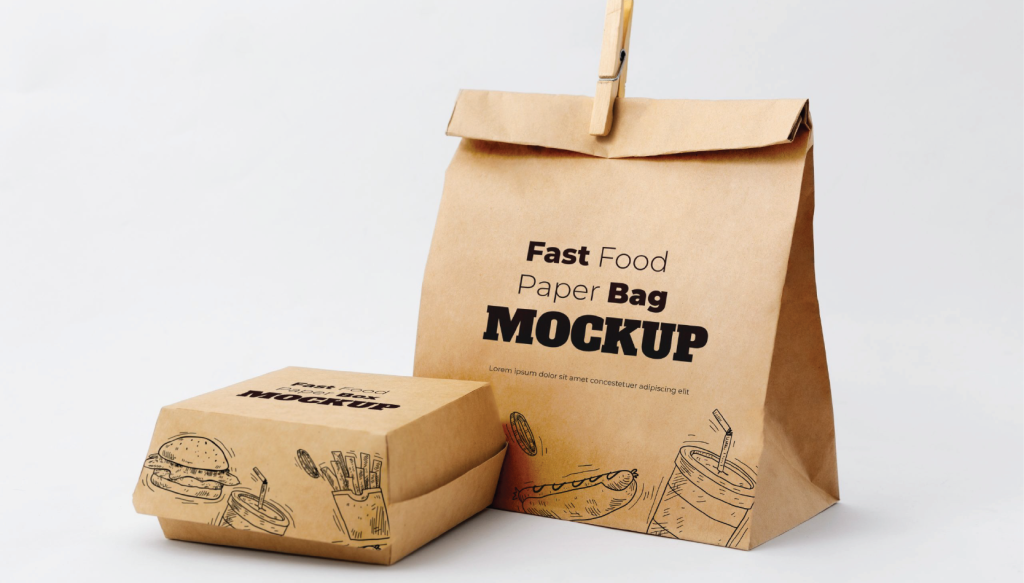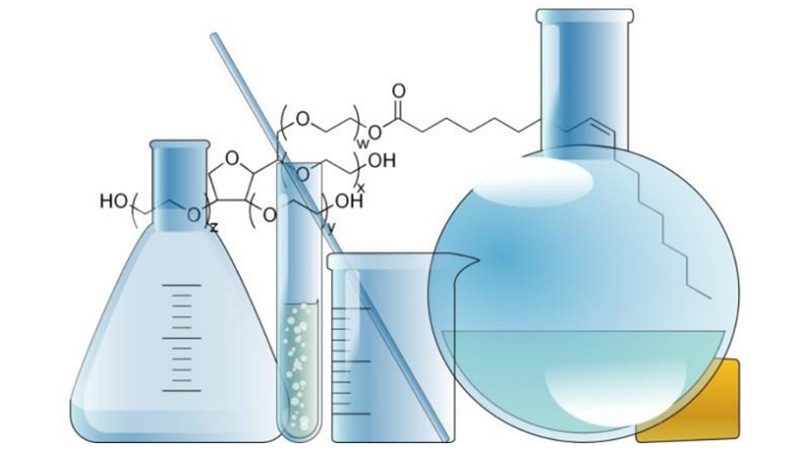The framework of photocuring materials - Oligomers
Release time:
2025-06-21
In the fascinating world of UV/EB curing technology, a beam of light (ultraviolet light or electron beam) can instantly transform a liquid coating into a solid. The core driving force behind this magic, besides photoinitiators, is oligomers, which act as the "material framework" and "performance cornerstone." They not only determine the basic properties of the cured material but also profoundly influence the processing and application. Today, let's delve into the microscopic world of oligomers.
I. Oligomers: The "Framework" of Photocuring Systems
In chemical terms, oligomers are substances intermediate between small molecule monomers and high molecular weight polymers, typically consisting of 2 to 100 monomer units linked together. Their moderate molecular weight gives them unique liquid fluidity and the ability to further react and grow under specific conditions.
In UV/EB curing systems, oligomers typically refer to prepolymers containing polymerizable functional groups (most notably acrylate groups CH2=CH-C(=O)-O-). They account for the highest proportion in the formulation (often 30%-70%) and are the main contributors to the physical and chemical properties of the cured film. Based on the different chemical structure of the main chain, UV/EB curable oligomers are mainly divided into:
- Polyurethane acrylates
- Polyester acrylates
- Epoxy acrylates
- Polyether acrylates
- Pure acrylates
Among them, polyurethane acrylates (PUA), polyester acrylates (PEA), and epoxy acrylates (EA) and their modified products are the most widely used. Below, we will focus on these three key oligomers.
II. Core Oligomers Explained: Structure Determines Performance
Polyurethane Acrylates (PUA)
- Structural Characteristics: The molecular structure consists of three parts: a soft segment composed of polyols (providing flexibility), a hard segment composed of diisocyanates (such as TDI, HDI, IPDI) (providing strength and hardness), and end-capped acrylate groups (providing photocuring reaction activity). The structural designability is extremely strong.
- Product Features:
- Advantages: Excellent comprehensive performance. Their flexibility, elasticity, abrasion resistance, chemical resistance, high and low-temperature resistance, and adhesion can be precisely controlled by selecting different polyols (polyester, polyether, polycarbonate, polybutadiene, etc.) and diisocyanates. They usually have excellent flexibility and abrasion resistance.
- Disadvantages: Relatively high raw material cost; viscosity is usually high (especially at low functionality), sometimes requiring reactive diluents for adjustment; certain raw materials (such as aromatic isocyanates) may cause yellowing.
- Advantages: Excellent comprehensive performance. Their flexibility, elasticity, abrasion resistance, chemical resistance, high and low-temperature resistance, and adhesion can be precisely controlled by selecting different polyols (polyester, polyether, polycarbonate, polybutadiene, etc.) and diisocyanates. They usually have excellent flexibility and abrasion resistance.
Polyester Acrylates (PEA)
- Structural Characteristics: The main chain is formed by the polycondensation of polybasic acids (such as phthalic anhydride, adipic acid, isophthalic acid) and polyols (such as neopentyl glycol, trimethylolpropane), with acrylate groups at the ends or side chains. The molecular structure contains a large number of ester bonds.
- Product Features:
- Advantages: Relatively low cost; wide viscosity range, with low viscosity grades available; good adhesion to various substrates (especially metals, plastics); fast curing speed; provides good hardness and chemical resistance (especially solvent and oil resistance).
- Disadvantages: Ester bonds are susceptible to hydrolysis by strong alkalis or strong acids, and hydrolysis resistance is generally inferior to PUA and EA; flexibility is generally not as good as PUA (can be improved by selecting long-chain dibasic acids/alcohols); weatherability (anti-yellowing) may be inferior to aliphatic PUA or modified epoxy acrylates.
- Advantages: Relatively low cost; wide viscosity range, with low viscosity grades available; good adhesion to various substrates (especially metals, plastics); fast curing speed; provides good hardness and chemical resistance (especially solvent and oil resistance).
Epoxy Acrylates (EA)
- Structural Characteristics: Formed by the reaction of epoxy resin (most commonly bisphenol A type epoxy resin) with acrylic acid, opening the epoxy group and esterifying it to introduce acrylate groups into the molecular chain. The main chain contains rigid benzene rings and ether bonds, with acrylate groups at the ends.
- Product Features:
- Advantages: Extremely fast curing speed; high hardness and gloss; excellent chemical resistance (acid, alkali, solvent resistance) and corrosion resistance; strong adhesion to polar substrates (such as metals); lower cost.
- Disadvantages: Brittle, poor flexibility and impact resistance; relatively large curing shrinkage; poor weatherability (aromatic structures are prone to yellowing); viscosity is usually high.
- Advantages: Extremely fast curing speed; high hardness and gloss; excellent chemical resistance (acid, alkali, solvent resistance) and corrosion resistance; strong adhesion to polar substrates (such as metals); lower cost.
- Modified Epoxy Acrylates: To overcome the brittleness and poor weatherability of standard EA, modifications are often made:
- Fatty acid modification: Partially esterify the remaining hydroxyl groups on the epoxy resin with fatty acids (such as soy fatty acid, linoleic acid), and then acrylate. This significantly improves flexibility, weatherability (anti-yellowing), and lowers viscosity, but sacrifices some hardness and chemical resistance. This is the most common modification method.
- Other modifications: Such as modification with polyurethane, silicone, etc., to further enhance specific properties.
- Fatty acid modification: Partially esterify the remaining hydroxyl groups on the epoxy resin with fatty acids (such as soy fatty acid, linoleic acid), and then acrylate. This significantly improves flexibility, weatherability (anti-yellowing), and lowers viscosity, but sacrifices some hardness and chemical resistance. This is the most common modification method.
Comparison Table of Characteristics of Three Main UV/EB Curable Oligomers
Property | Polyurethane Acrylate (PUA) | Polyester Acrylate (PEA) | Epoxy Acrylate (EA) & Modified |
Flexibility/Elasticity | ▲▲▲ Excellent, wide adjustable range | ▲▲ Moderate, adjustable | ▼ Poor (standard EA) / ▲ Improved (fatty acid modified) |
Hardness | ▲▲ Good, adjustable | ▲▲▲ High | ▲▲▲ Very High (standard EA) / ▼ Reduced (modified) |
Abrasion Resistance | ▲▲▲ Very Excellent | ▲▲ Good | ▲▲ Good |
Chemical Resistance | ▲▲▲ Excellent | ▲▲▲ Excellent | ▲▲▲ Very Excellent (especially acid/alkali resistance) |
Hydrolysis Resistance | ▲▲▲ Excellent (especially polyether/polycarbonate type) | ▼ Poor (ester bond hydrolysis) | ▲▲ Good |
Adhesion | ▲▲▲ Excellent, good for various substrates | ▲▲▲ Excellent (especially metal/plastic) | ▲▲▲ Excellent (especially polar substrates like metal) |
Curing Speed | ▲▲ Fast | ▲▲▲ Very Fast | ▲▲▲ Extremely Fast |
Viscosity | ▼▼ Usually high | ▲ Wide range, low viscosity available | ▼▼ Usually high / ▲ Reduced (fatty acid modified) |
Weatherability/Anti-yellowing | ▲▲ Good (aliphatic) / ▼ Poor (aromatic) | ▲ Moderate | ▼ Poor (standard EA-aromatic) / ▲▲ Good (modified EA) |
Temperature Resistance | ▲▲▲ Excellent (designable for high/low temp) | ▲▲ Good | ▲▲ Good |
Cost | ▼▼ Higher | ▲ Medium to Low | ▲ Low (standard EA) / ▲▲ Medium (modified EA) |
Main Disadvantages | High cost, possible yellowing (aromatic), high viscosity | Poor hydrolysis resistance, generally poor flexibility | High brittleness (standard), poor weatherability (standard), large shrinkage |
Typical Applications | High-performance wood coatings, elastic coatings, adhesives, automotive/electronic coatings, leather coatings | General industrial coatings, plastic coatings, inks, colored primers | Metal anti-corrosion primers, can coatings, high-hardness topcoats, PCB inks, paper varnishes |
III. Future Development Trends of Oligomers
With increasingly stringent environmental regulations and rising performance requirements for end-use applications, the development of UV/EB curable oligomers shows the following trends:
- Bio-based and Sustainability: Developing bio-based oligomers using renewable resources (such as vegetable oils, rosin, sugar derivatives) to reduce reliance on fossil raw materials and carbon footprint.
- High Performance and Functionalization: Developing oligomers with special functions, such as ultra-low viscosity, ultra-high hardness with toughness, self-healing properties, flame retardancy, conductivity/thermal conductivity, antibacterial properties, and special optical properties (e.g., low refractive index, high refractive index).
- Low Migration and Safety: For sensitive applications such as food contact, toys, and medical packaging, developing oligomers with lower odor, lower extractables, and lower migration to meet increasingly stringent regulatory requirements (e.g., EU 10/2011).
- Waterborne and Solvent-Free Systems: Developing waterborne UV oligomer emulsions or dispersions, as well as 100% solid content high-performance oligomers, to reduce or eliminate the use of volatile organic compounds (VOCs) and reactive diluents, improving construction safety and environmental friendliness.
- Adaptation to New Curing Technologies: Developing supporting oligomers for new curing technologies such as LED UV light sources (long wavelength), cationic curing, and dual curing (UV/heat, UV/moisture, UV/oxidation).
- Precise Structural Design and Controlled Polymerization: Utilizing modern polymer synthesis techniques (such as RAFT, ATRP, etc.) to achieve more precise design and control of oligomer molecular structures, in order to obtain more uniform and superior properties.
Conclusion
Polyurethane acrylates, polyester acrylates, epoxy acrylates, and their modified products form the stable and flexible "material framework" in the kingdom of UV/EB curing technology. Each has its unique characteristics, advantages, and disadvantages, providing formulators with a wide range of choices to meet diverse application requirements, from hard and wear-resistant to flexible and elastic, from fast curing to durable weather resistance. With the continuous advancement of material science, a new generation of greener, smarter, and higher-performance oligomers are constantly emerging, driving photocuring technology towards a broader and more sustainable future. Understanding the characteristics of these "frameworks" is a key step to mastering the charm of photocuring technology.
Polyurethane acrylates,polyester acrylates,epoxy acrylates,oligomers
Latest News
Get a Free Consultancy
NANTONG EASTO MATERIALS TECHNOLOGY CO.,LTD.

No.118,Zhujiang Rd.,Juegang St.,Rudong County,
Nantong City,Jiangsu Province,226400,China




 2025-06-25
2025-06-25







